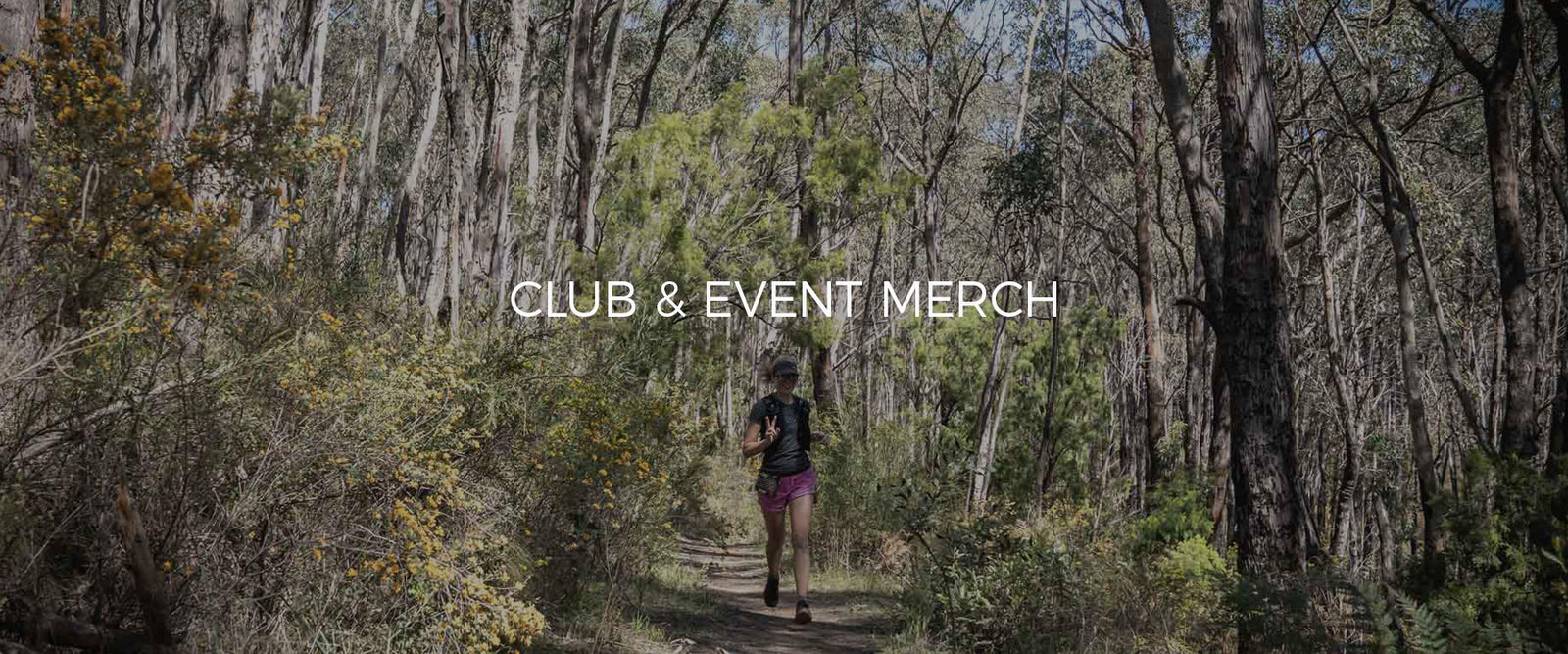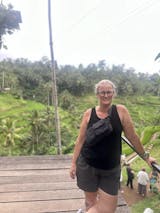Your Cart is Empty
These are my new goto pants, they are very comfortable and I like the look. Nice enough to wear around the office. Seriously considering buying more.
Got this tank top especially to wear on holidays to Bali. Managed to wear for a few days b4 needing a wash even though it was soaked in sweat.
These tops r the best for keeping u cool while in the tropics
We hope you had a great trip Coralie :) Thank you for such a nice review!
I bought my first yoga pants 4 years ago at 60+ years for day wear, and I have a pear shaped body and suffer fibromyalgia in my lumber region down to my pelvis. I searched for merino wool pants that offered me warmth and comfort. I found my solution in the purchase of the yoga pant as they are not restricting around the waist area and hang beautifully when on. They look still look fresh and new and no pilling, that’s a plus, I have now bought my second pant leaving them for night wear, eg dinners and special outings.
As with any wool and to retain their shape, I hand wash them with applicable wool wash and hang them on a airer so as to retain their shape and as with any pant, the length may need to be shortened.
Thank you Luciana :) So glad that you love them as much as we do!
Whenever I go away, I am trying to pack light and smart. ioMerino knickers are part of that - I can travel for weeks with 3 pairs of knickers that are comfy, that wash out really well and dry super fast.
Thanks Tory :) Nothing beats natural superfine merino where you need it most!
My second purchase of this shirt - last one 2 years ago. Holds up well to repeated washing. Relaxed fit, so perfect with a tank under it or alone. Excellent quality
Love my new tanks. Wear under my golf shirt & it keeps me warm. Happy with my purchase.





